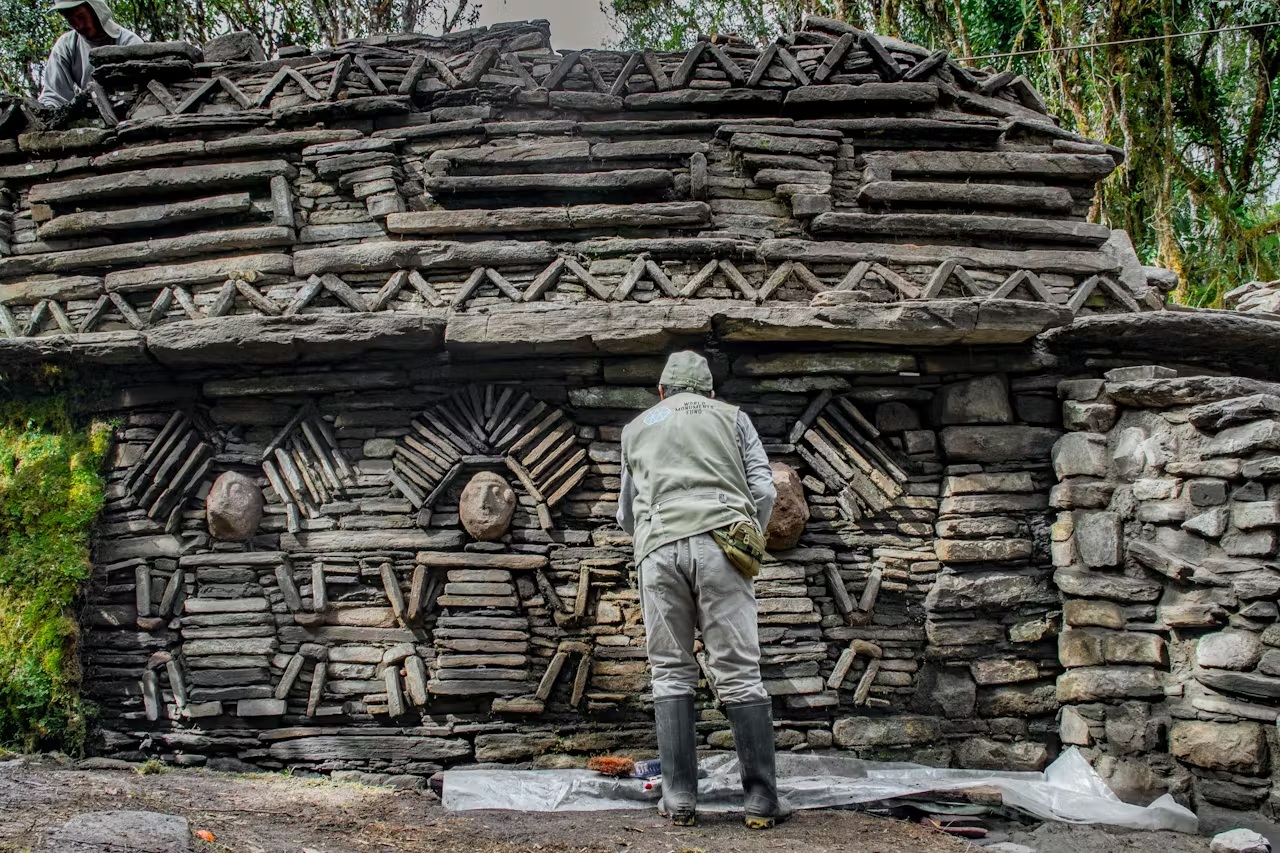The World Monuments Fund (WMF) has announced the discovery of more than 100 previously undocumented structures at Gran Pajatén, located within Peru’s Río Abiseo National Park.
A UNESCO World Heritage Site, Gran Pajatén is associated with the Chachapoya civilisation, often referred to as the “people of the cloud forest”.
The Chachapoya culture constructed sophisticated urban centres, ceremonial platforms, cliffside burial structures, and agricultural terraces in the cloud forests of the southern part of the Department of Amazonas of present-day Peru.
Despite resisting military expansion by the Inca, the Chachapoya were annexed by the Inca Empire in the 15th century AD, shortly before the arrival of the Spanish conquistadores.
As part of a WMF-led initiative from 2022 to 2024, archaeologists used manual LiDAR scanning, photogrammetry, and topographic analysis to penetrate the dense vegetation around Gran Pajatén.
The results revealed over 100 previously undocumented structures, as well as a network of pre-Hispanic roads connecting Gran Pajatén to other sites such as La Playa, Papayas, and Los Pinchudo.
“This discovery radically expands our understanding of Gran Pajatén and raises new questions about the site’s role in the Chachapoya world. Evidence now confirms that it is not an isolated complex but part of an articulated network of pre-Hispanic settlements from different periods,” said Juan Pablo de la Puente Brunke, Executive Director of WMF in Peru.
“What makes this moment so meaningful is not only the scale of what’s been uncovered, but how we were able to do it,” said Bénédicte de Montlaur, President and CEO of World Monuments Fund. “By using advanced technology, our team was able to gather extraordinary visual and scientific documentation that brings Gran Pajatén to life—all while preserving its delicate environment. Though the site itself remains out of reach for most, these tools will allow us to share its stories widely through thoughtful, immersive digital storytelling.”
Header Image Credit : WMF
Sources : World Monuments Fund





